The Battle of the Somme, one of the largest battles of World War I, raised significant questions about victory.
While it aimed to relieve pressure on the French at Verdun and weaken German forces, the outcome remains debated.
Many historians suggest there was no clear winner due to the immense loss of life and minimal land gains by the Allies.
If you are interested in military history, the intricate details of this historic conflict can help you understand its strategic goals and outcomes.
This analysis will guide you through the complexities surrounding the battle’s impact on subsequent military strategies and its historical significance.
Discover how this massive offensive shaped the course of World War I and its enduring legacy.
Engaging with the perspectives of both contemporary and modern historians will provide a fuller picture of what the battle meant for those involved.
If you’re curious about the conflict’s broader implications, the following sections offer comprehensive insights into its objectives, execution, and outcome.
Overview of the Battle of the Somme
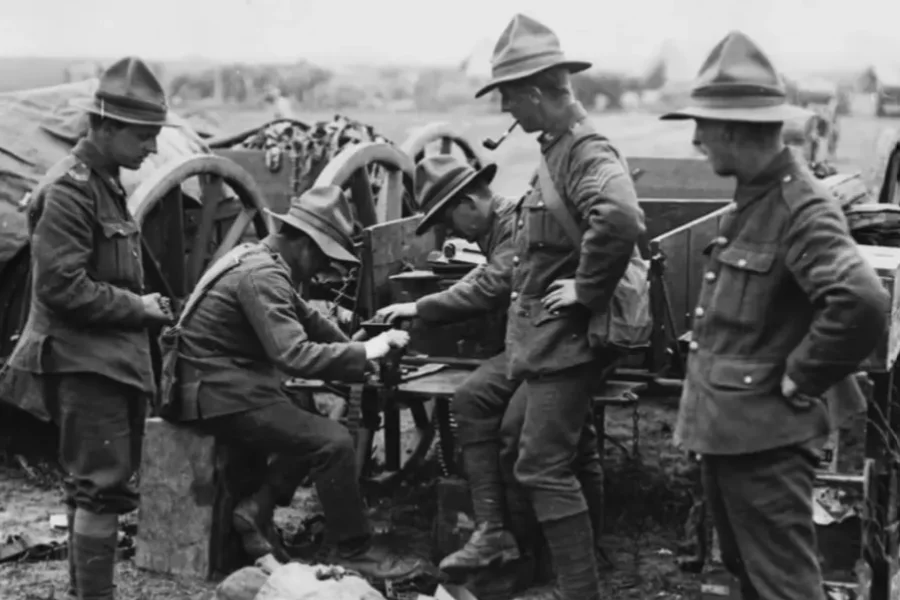
The Battle of the Somme was a key World War I conflict where British and French forces aimed to breach German lines (1916)
The Battle of the Somme was a significant conflict during World War I, where British and French forces aimed to secure a breakthrough against German lines.
Despite its intentions, the offensive resulted in massive casualties and became a symbol of the war’s brutality.
What Was the Battle of the Somme?
The Battle of the Somme, which took place between July 1 and November 18, 1916, during World War I, was a joint operation by British and French forces to break through German defenses on the Western Front.
This battle is notable for its immense scale and severe loss of life. On the first day alone, the British Army suffered 57,000 casualties, marking it the bloodiest day in its history.
Throughout the battle, more than three million men engaged in combat, with over one million wounded or killed. The Somme Offensive is often remembered for its harsh conditions, trench warfare, artillery barrages, and the first appearance of tanks on the battlefield.
Timeline of the Battle of the Somme
The offensive began on July 1, 1916, with a massive artillery bombardment intended to weaken German defenses before the infantry assault. The initial attack resulted in catastrophic casualties for the British troops.
Fighting continued throughout the summer and into the fall, with significant battles at places like Delville Wood and Thiepval Ridge.
The use of tanks in September signaled a new era of warfare, though technical issues limited their impact.
As winter approached, the battlefield became increasingly difficult to maneuver, and operations slowed. By November 18, the offensive ended without a decisive victory. This prolonged engagement highlighted the costly and grinding nature of World War I trench warfare.
Key Objectives of the Somme Offensive
The primary objective of the Somme Offensive was to break the stalemate on the Western Front and relieve pressure on French forces at Verdun.
British and French commanders aimed to deplete German forces through a war of attrition, believing this would weaken the enemy’s ability to sustain war efforts.
Additionally, capturing terrain was crucial in gaining strategic advantage. The offensive intended to shift the power dynamics by allowing Allied forces to push deeper into occupied territory.
Despite achieving some territorial gains, the operation is often criticized for not meeting its ambitious goals and resulting in massive casualties without a decisive victory.
Key Players in the Battle of the Somme
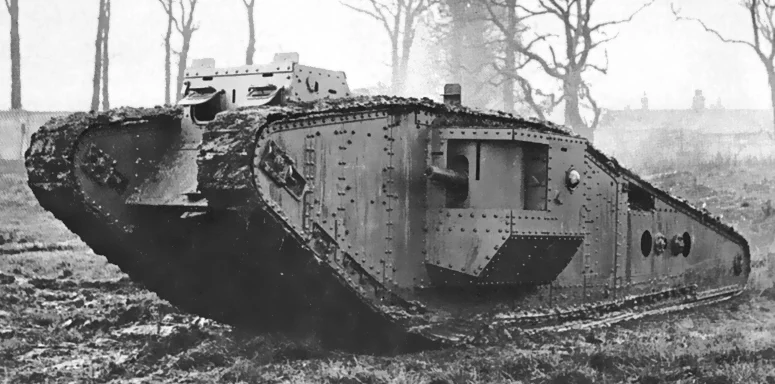
During the battle, the British introduced new technology, the Mark I tank, which was used for the first time in combat.
The Battle of the Somme was a significant World War I event in which major military leaders and their forces played crucial roles.
This battle exemplified strategic planning and intense combat between the Allied British and French armies against the German Empire.
Who Fought in the Battle of the Somme?
The Battle of the Somme involved significant forces from the British Empire and the French Third Republic against the German Empire.
British soldiers came from all over the Empire, including Australia and Canada. French troops focused on assisting their British allies in a joint operation to push back the German lines.
German forces were well-prepared, having dug extensive trench networks. They defended their positions with heavy machine guns and artillery.
The Germans aimed to hold their territory, making it challenging for British and French forces to advance significantly. This clash on the Western Front showcased the strength and resilience of all parties involved.
Major Generals and Their Strategies
Key military leaders shaped the outcome of the Somme River Battle.
The British forces were led by Field Marshal Sir Douglas Haig, who sought a decisive victory to relieve pressure on the French at Verdun.
Haig believed an offensive would turn the tide. His plan included a week-long artillery bombardment followed by an infantry assault.
On the French side, General Joseph Joffre played a key role. He coordinated closely with Haig, aiming to weaken the German hold.
German commanders like General Fritz von Below were tasked with maintaining the strong defensive lines despite the heavy bombardment. This strategic interplay between leaders defined the shifts and challenges throughout the offensive.
The Role of the British and French Forces
The coordinated efforts of the British and French armies were crucial in the Somme Offensive.
With over one million soldiers involved, the British aimed to break the stalemate on the Western Front. During the battle, they introduced new technology, including tanks used for the first time in combat.
French troops provided essential support in several sectors along the front, helping in advancing against German defenses.
Their cooperation with the British was essential for maintaining pressure on German positions. Although the battle was costly, significant battles of the Somme casualties underscored the Allies’ determination in World War I.
The Impact of the Battle of the Somme
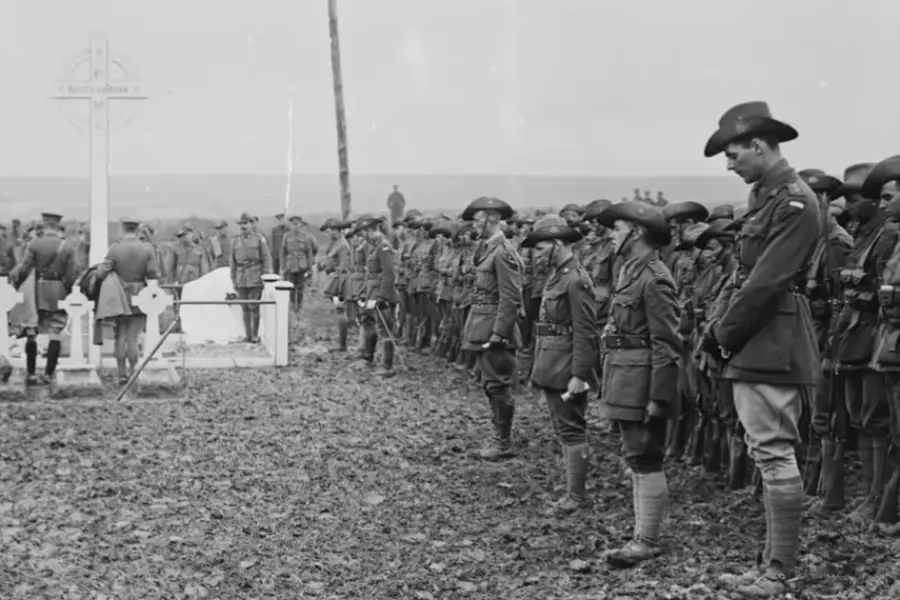
On the first day, the British faced over 57,000 deaths, making it one of history’s bloodiest battles
The Battle of the Somme significantly influenced World War I and left lasting effects on military strategy and public perception. Its consequences were felt long after the last shots were fired.
Casualties and Death Toll
The Battle of the Somme is infamous for its staggering number of casualties. On the first day alone, the British suffered over 57,000 deaths, marking it as one of the bloodiest battles in history.
The five-month-long offensive saw over a million soldiers from both sides wounded or killed. These losses deeply affected the British and French forces, challenging their military capabilities and morale.
Despite this immense sacrifice, the territorial gains were minimal. The battle highlighted the brutal reality of trench warfare, where long, drawn-out battles yielded limited strategic advantages.
The intense loss of life also led to increased scrutiny and criticism of the military tactics used during World War I.
Significance of the Battle of the Somme
The Somme Offensive played a crucial role in World War I. Its purpose was to break through German defenses and relieve pressure on the French forces at Verdun.
Though it did not achieve a decisive breakthrough, the battle had several significant impacts.
It exhausted the German army, contributing to their eventual defeat.
It showcased the importance of coordinated operations between the British and French forces.
The battle forced military strategists to rethink traditional tactics, leading to changes in military doctrine and warfare technology.
It also demonstrated the industrial scale of modern warfare, emphasizing the need for vast resources and manpower.
How Many People Died in the Battle of the Somme?
The Somme River Battle claimed an enormous number of lives. Estimates suggest that over a million soldiers from various countries were killed or wounded during the offensive.
The exact numbers are difficult to determine, but it’s believed that around 420,000 British, 200,000 French and 500,000 German soldiers were casualties.
This devastating death toll had profound social and political impacts. In the aftermath, the heavy losses led to increased public pressure on military and political leaders to find more effective strategies to end the war.
The Battle of the Somme remains a somber reminder of the cost of war and the human suffering it entails.
The Outcome of the Battle of the Somme
The Battle of the Somme marked a significant period in World War I, with both strategic objectives and heavy casualties. The battle’s impact influenced military tactics and alliances during the war.
Who Won the Battle of the Somme?
Determining a clear winner of the Battle of the Somme is complicated.
The British and French forces launched the offensive, hoping to break through German lines. While they managed to alleviate pressure on the French troops at Verdun, a decisive victory was not achieved.
Much of the territory gained was minimal compared to the immense loss of life.
Despite the high casualties, the Allies considered the operation a strategic success in diverting German resources. This suggests that defining the “winner” depends on broader strategic outcomes rather than territorial gains.
What Was the Outcome of the Battle of Somme?
The Battle of the Somme outcome reflected mixed results for both sides.
More than three million men participated, with over one million wounded or killed, making it one of the bloodiest battles in history. The Allies advanced only a few miles at a high cost in human terms.
Strategically, the battle forced Germany to divert troops and resources from the Eastern Front. It exposed weaknesses in traditional military tactics, prompting innovations in warfare.
Although the direct military gains were limited, it marked a turning point in Allied cooperation and military strategy.
Lessons Learned from the Battlefield of the Somme
The Battle of the Somme provided critical lessons for future military engagements.
It highlighted the limitations of trench warfare and the importance of coordination between infantry and artillery.
The battle also initiated the first use of tanks in warfare, pointing towards future mechanized warfare.
Commanders recognized the need for improved communication and strategy planning.
The heavy casualties led to changes in offensive planning and execution, showing the value of adapting tactics to modern warfare realities.
The experiences of the Somme have influenced military strategies to this day.
Cultural References and Legacy
The Battle of the Somme has deeply impacted culture and memory. Films, memorials, and historical outcomes highlight its lasting significance.
Located along the Somme River, this World War I battle involved high casualties and is remembered for its intense impact on military strategy and personal sacrifice.
The Battle of the Somme in Film
The battle has been depicted in various films, capturing its horrors and heroics.
One notable example is the 1916 documentary “The Battle of the Somme. ” This film featured real footage, giving audiences an authentic glimpse into battlefield conditions at the time.
Many consider it a pioneering work in war cinematography.
This documentary aimed to build public support for the war, showing both the bravery of soldiers and the grim realities of battle.
Although initially censored, it later gained acclaim for its bold storytelling.
Numerous other films and documentaries have since followed, each contributing to how the battle is remembered.
These films serve as educational tools and memorials, conveying the battle’s profound human cost and strategic importance.
Commemoration and Memorials
The battlefield of the Somme has many cemeteries and memorials. These reflect the battle’s long-lasting impact on those who fought and died.
The Thiepval Memorial, for instance, stands as a somber reminder of the missing soldiers. In addition to these physical structures, annual remembrance ceremonies highlight the enduring memory of this World War I battle.
Events typically occur on July 1 to mark the first day of the battle. These gatherings honor the fallen and the surviving veterans, emphasizing the significance of their sacrifices.
Schools and communities often participate, ensuring that newer generations understand the impact of the battles fought along the Somme River. These ceremonies instill a sense of continuity and respect for history.
Why Was the Battle of Somme Important?
The Somme Offensive was crucial in shaping World War I strategies and alliances. Despite its staggering casualties, this battle marked a strategic turning point for the Allies, affecting overall morale and military tactics. The massive loss of life challenged existing battlefield tactics and prompted new approaches to warfare.
While the battle did not result in clear territorial gains, it revealed weaknesses in Allied and German forces. Over time, this led to improved military technology and planning.
The lessons learned during the battle prompted both sides to rethink their approaches, impacting subsequent military engagements. Understanding these shifts explains why the Battle of the Somme remains a key study in military history.
Closing Remarks
The Battle of the Somme occurred during World War I, marking one of the bloodiest battles in history. It started on July 1, 1916, and lasted until November 18, 1916. The enormous scale involved millions of soldiers and resulted in over a million casualties among the Allied and German forces.
The British aimed to break through German lines. High casualties on both sides highlighted the brutal reality of trench warfare. Many soldiers faced harsh conditions, including mud, rain, and relentless artillery fire. This made the battle incredibly challenging for everyone involved.
The aftermath is marked by debates over whether there was a decisive winner. While the Allies gained some territory, the cost was immense, with irreversible loss of life and resources. The long-term impacts altered strategies in subsequent battles and emphasized the need for innovation in military tactics.
Key Takeaways:
- The Battle of the Somme illustrates the grim nature of World War I conflict.
- Despite territorial gains by the Allies, the immense human cost left a lasting impression on military history.
The legacy of the Battle of the Somme continues to be studied. It serves as a somber reminder of war’s destructive power and shapes how future generations perceive and remember the events of the Great War.
Frequently Asked Questions
The Battle of the Somme is remembered for its staggering casualties and strategic significance in World War I. Despite its heavy losses, it marked a turning point.
How many died at the Somme on First Day?
On the first day of the Battle of the Somme, the British Army suffered around 57,000 casualties, making it the deadliest day in British military history.
Why is the Battle of the Somme so famous?
The Battle of the Somme is known for its significant impact on World War I. It involved more than a million men from various nations, resulting in severe losses and showcasing the brutal reality of trench warfare.
What caused the most deaths in the Battle of Somme?
Trench warfare, heavy artillery, and machine gun fire were significant causes of the high death toll. The dangerous conditions and continuous fighting over several months greatly contributed to the losses.
What was the bloodiest day of WW1?
July 1, 1916, the opening day of the Battle of the Somme, is often noted as the bloodiest day in World War I due to the unprecedented number of British casualties in a single day.
What is the deadliest Battle in history?
While there are many deadly battles in history, the Battle of the Somme is often highlighted due to its massive casualties and role in World War I.
What was the most soldier killed in one day?
On the first day of the Battle of the Somme, the British Army faced the highest number of casualties ever recorded in a single day for British forces, with approximately 57,000 soldiers injured or killed.
What are 5 interesting facts about the Battle of Somme?
- Lasted from July to November 1916.
- Over a million men were wounded or killed.
- Involved British, French, and German forces.
- Marked the first use of the tank in warfare.
- Served as a painful lesson in modern warfare tactics.
Which war killed the most British soldiers?
World War I, especially battles like the Somme, resulted in immense British casualties, making it one of the deadliest wars for British forces.
How did the Battle of the Somme end?
The Battle of the Somme ended in November 1916. Despite heavy casualties, the Allies made some territorial gains, inflicting damage on German forces without a decisive breakthrough.
Could the Battle of the Somme be heard from London?
Reports from the time suggest that the artillery bombardment during the battle was intense. It could be faintly heard as far away as London, which is over 200 miles from the battlefront.
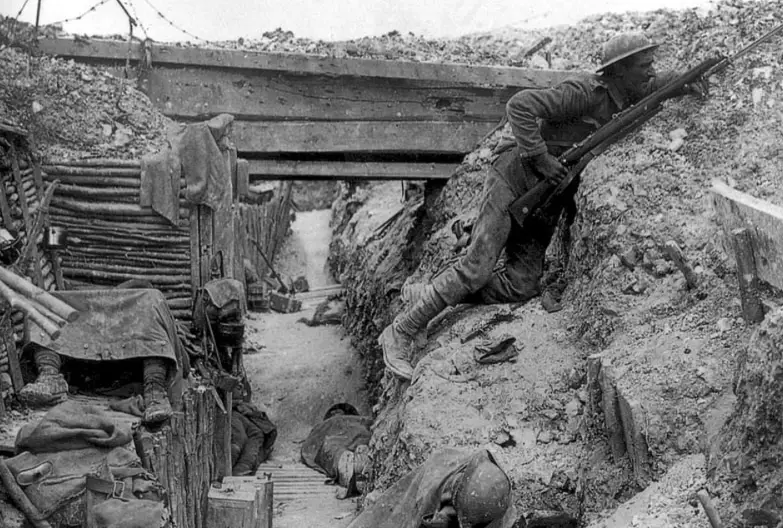
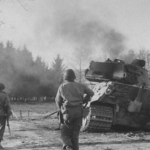
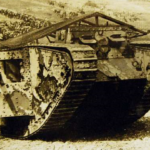

 Leonardo Bianchi,
the creator of Leonardo da Vinci's Inventions.
Thank you for visiting
Leonardo Bianchi,
the creator of Leonardo da Vinci's Inventions.
Thank you for visiting